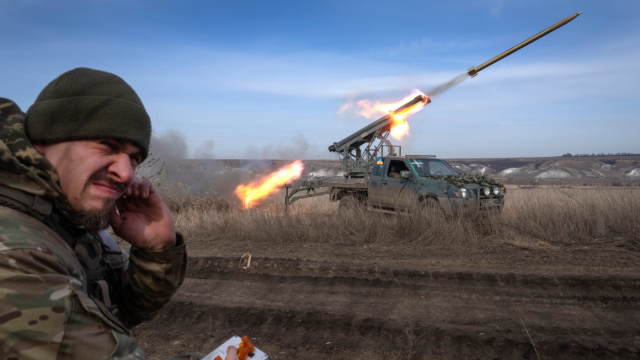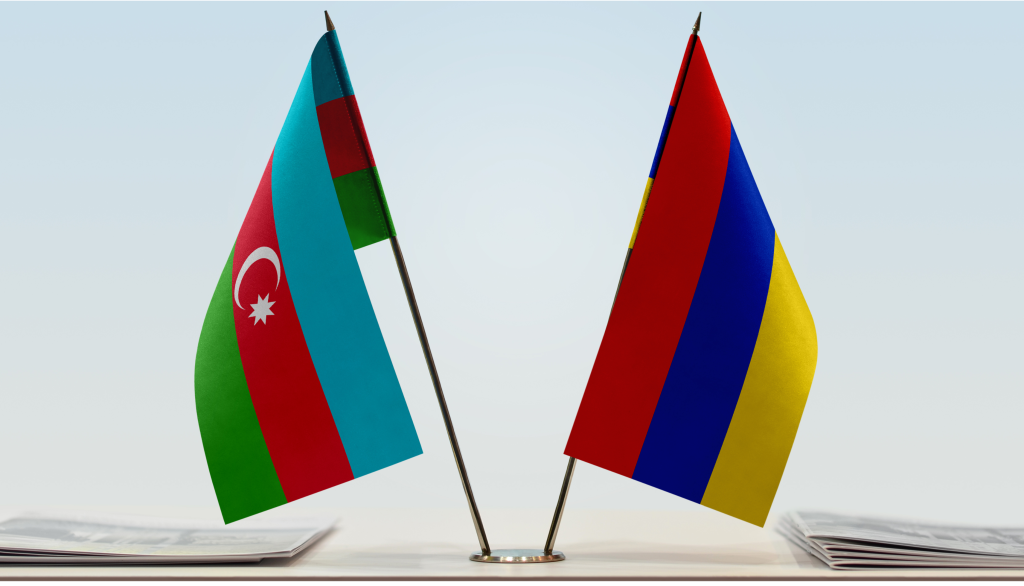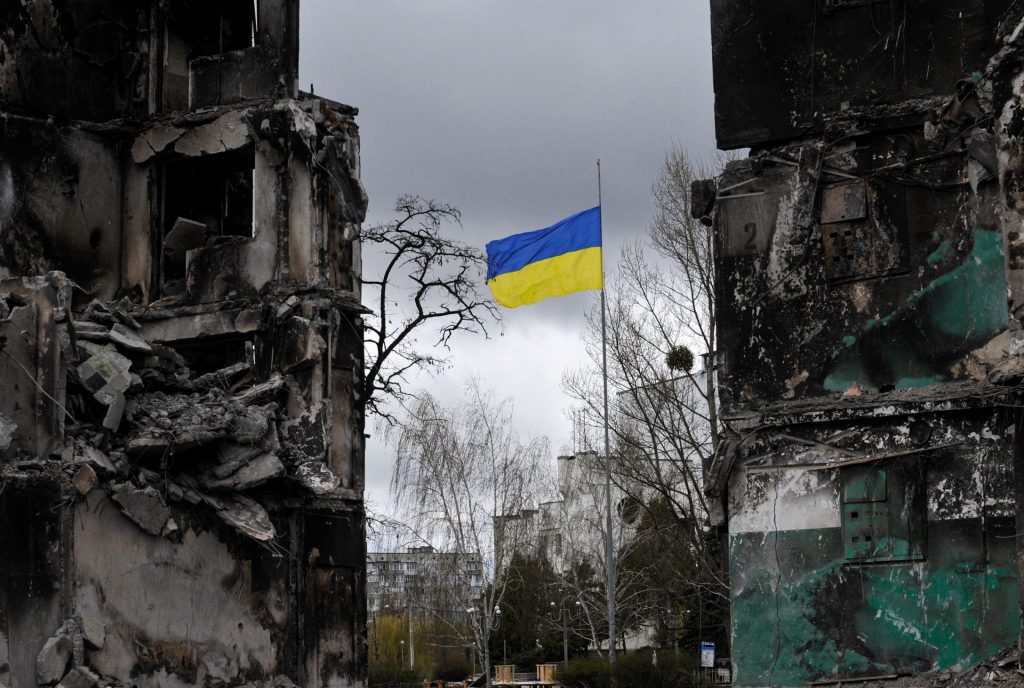The Organization for Security and Cooperation in Europe (OSCE) is the world’s largest regional security organization with 57 participating States representing more than a billion people. Its origins trace back to the 1975 Helsinki Final Act, which contains a broad range of measures focused on politico-military, economic and environmental, and human aspects designed to enhance comprehensive security and cooperation in the region, and the decades of multilateral diplomacy that followed.
The OSCE operates coordinated efforts, adapted to the needs of each participating State, to protect democracy, promote peace, and manage conflict. The organization focuses on creating sustainable change through shared values, and decisions are taken by consensus.
Learn more about the OSCE’s operations and institutions below.
The Helsinki Process and the OSCE: On August 1, 1975, the leaders of the original 35 OSCE participating States gathered in Helsinki and signed the Final Act of the Conference on Security and Cooperation in Europe. Also known as the Helsinki Accords, the Helsinki Final Act is not a treaty, but rather a politically binding agreement consisting of three main sections informally known as “baskets,” adopted on the basis of consensus.
Four Decades of the Helsinki Process: The gatherings following the Final Act became known as the Helsinki Process. The process became a diplomatic front line in the Cold War and a cost-effective diplomatic tool to respond to the new challenges facing Europe during the post-Cold War era. Since its inception over forty years ago, the Helsinki Process and the OSCE continue to provide added value to multilateral efforts enhancing security and cooperation in Europe.
OSCE Institutions, Structures, and Meetings: The OSCE sets standards in fields including military security, economic and environmental cooperation, and human rights and humanitarian concerns. The OSCE also undertakes a variety of preventive diplomacy initiatives designed to prevent, manage and resolve conflict within and among the participating States.
The Consensus Rule: The OSCE operates using a consensus decision-making process. Consensus fosters ownership of decisions by all OSCE participating States, enables them to protect key national priorities, and creates an important incentive for countries to participate in the OSCE. It also strengthens the politically binding nature of OSCE commitments.
The Moscow Mechanism: The OSCE’s Moscow Mechanism allows for the establishment of a short-term fact-finding mission to address a specific human rights concern in the OSCE region.
OSCE Election Observation: Election observation is one of the most transparent and methodical ways to encourage States’ commitment to democratic standards and has become a core element of the OSCE’s efforts to promote human rights, democracy, and the rule of law.
Parliamentary Diplomacy of the OSCE: The OSCE Parliamentary Assembly (PA) offers opportunities for engagement among parliamentarians from OSCE participating States. The OSCE PA debates current issues related to OSCE commitments; develops and promotes tools to prevent and resolve conflicts; supports democratic development in participating States; and encourages national governments to take full advantage of OSCE capabilities.
Non-Governmental Participation in the OSCE: One of the advantages of the OSCE is that it is the only international organization in which NGOs are allowed to participate in human dimension meetings on an equal basis with participating States. NGOs—no matter how small—can raise their concerns directly with governments.








